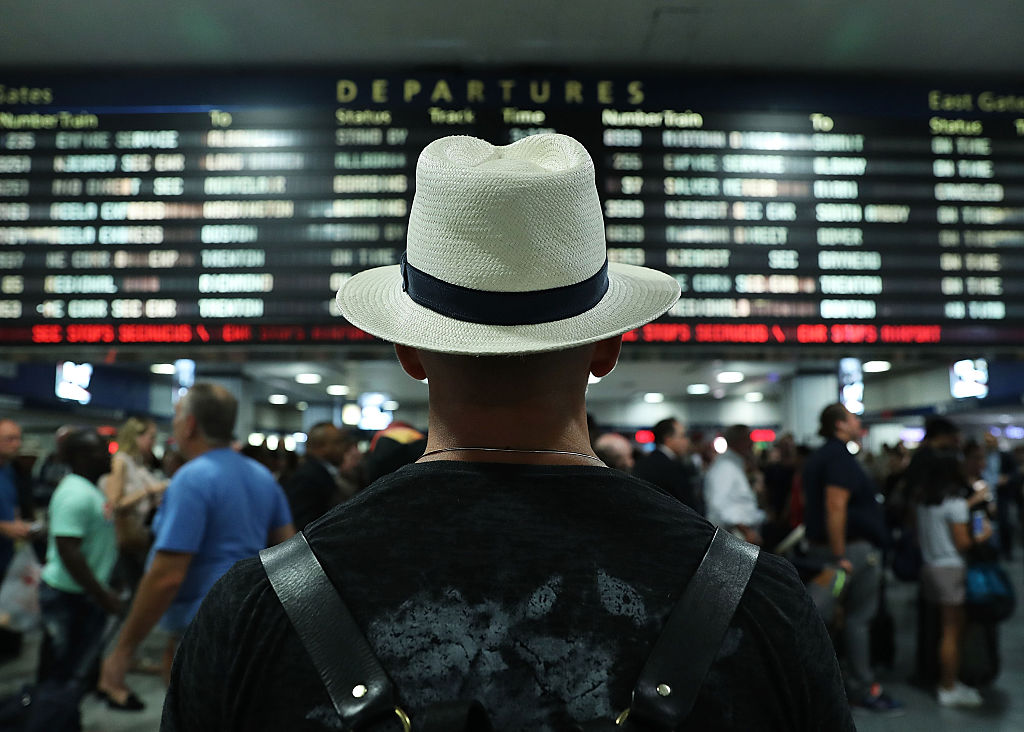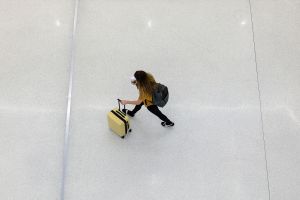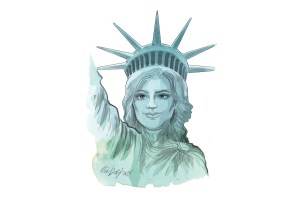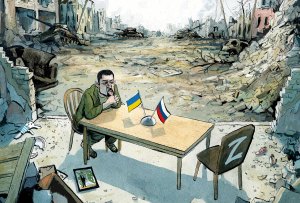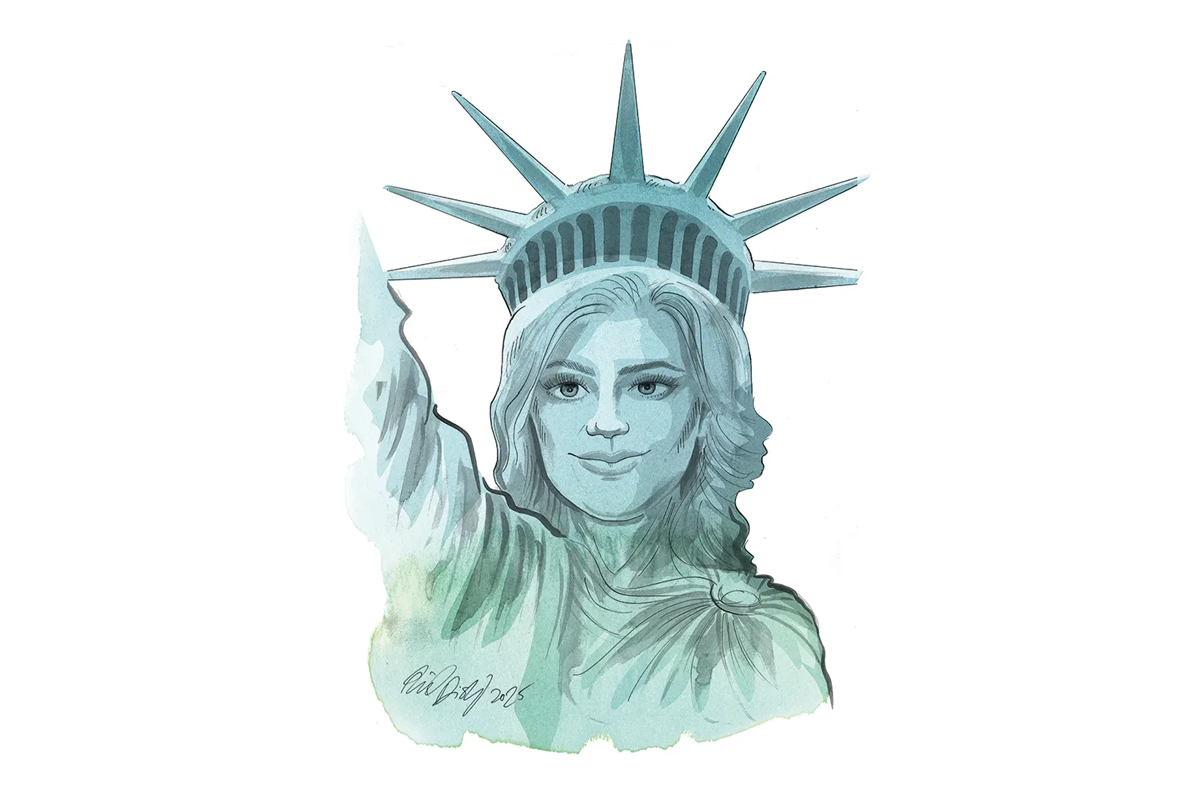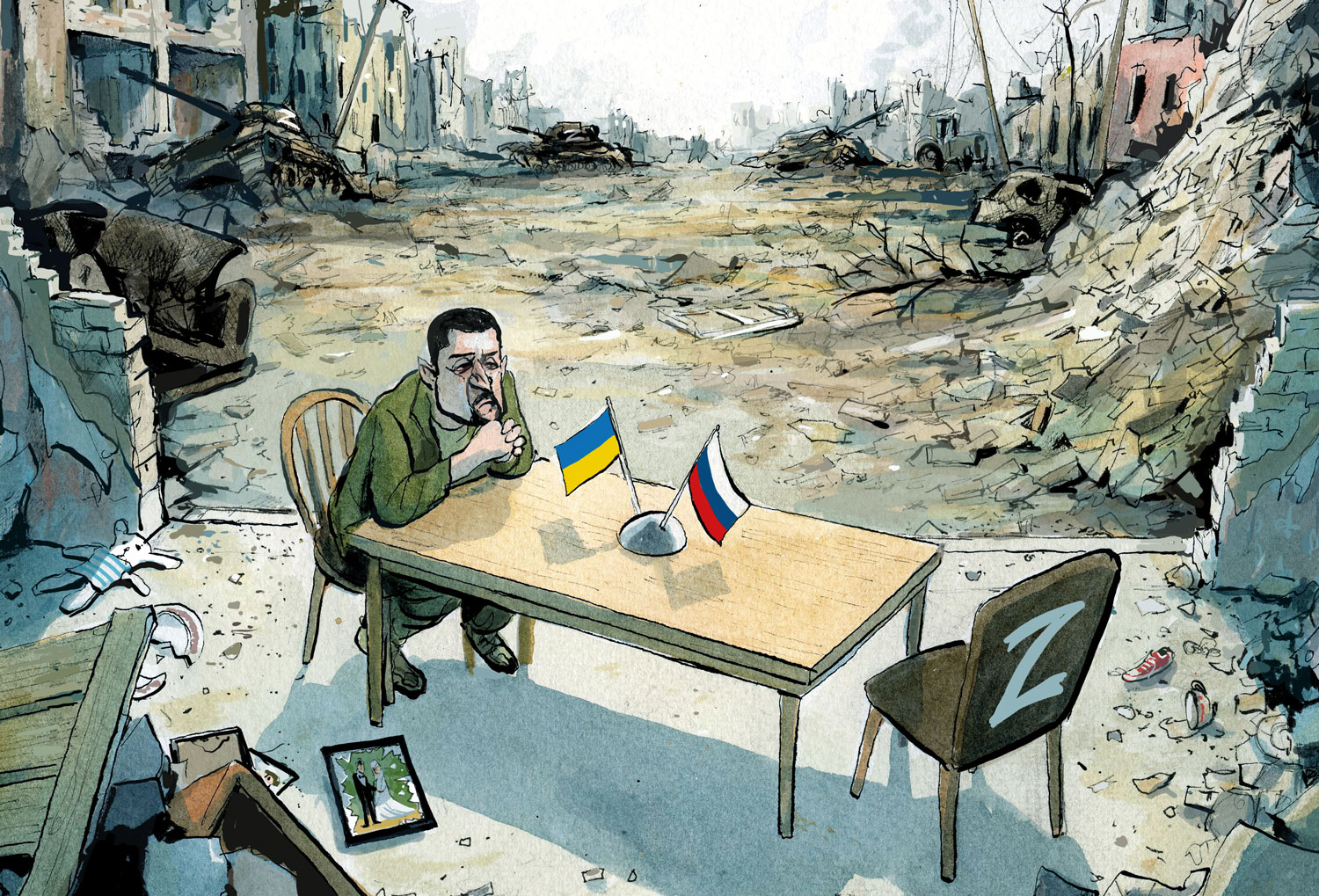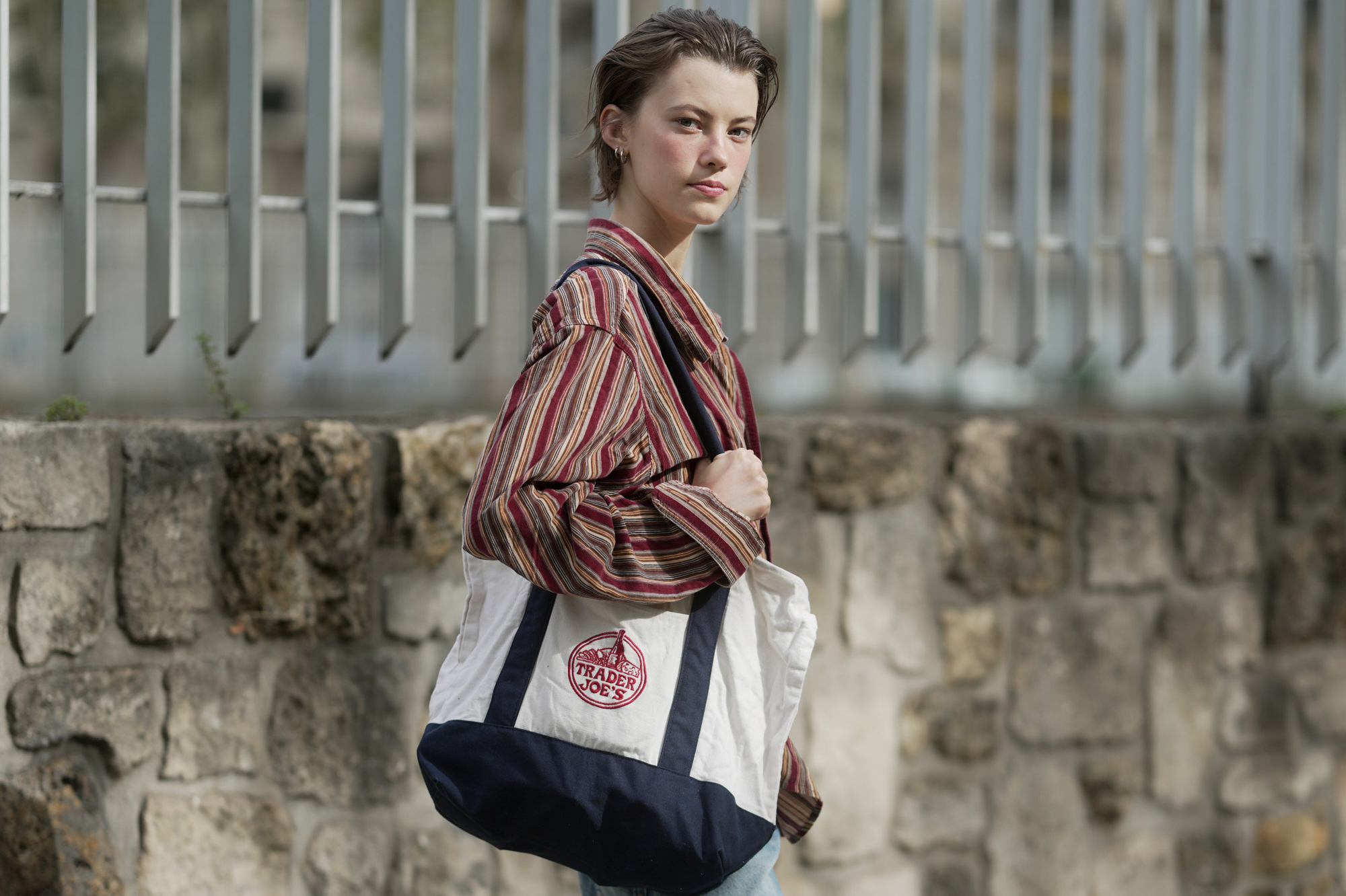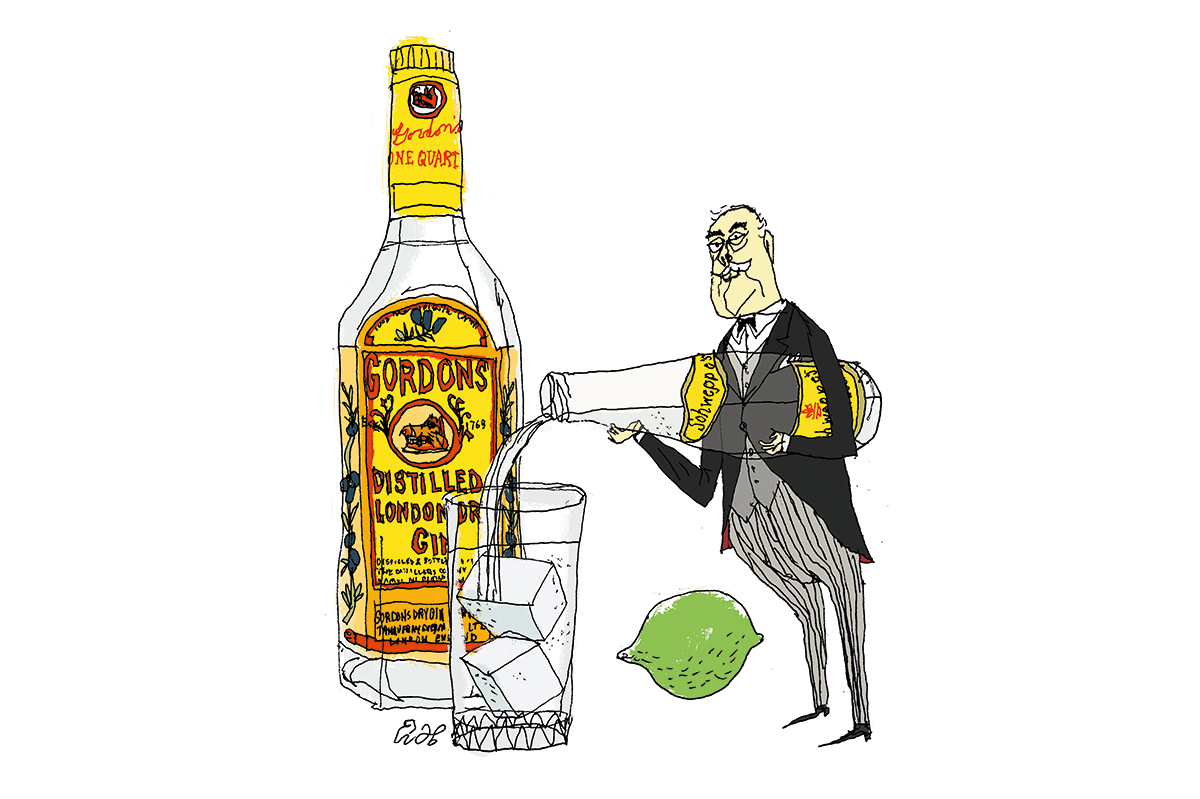I was driving along a curvy English road outside a village in Gloucestershire a few weeks ago when a sign loomed on our left. It said:
CATS
EYES
REMOVED
My first thought was: What a horrible way to make a living in this day and age, even out here in the countryside. So much for All Things Bright and Beautiful… Maybe those people who said that Brexit would turn the English into depraved monsters were right.
I was jumping to conclusions. It hadn’t been put up by an entrepreneur or veterinarian but by the highway authority. Cat’s eyes are what the English call those super-reflective bumps embedded in the stripes on minor highways to keep drivers from drifting across lanes. The sign was a warning that this curvy road had recently become much more dangerous. But how, in this heavily touristed part of England, was a non-English driver to know that?
It was a theoretical question. No place today is “heavily touristed.” The past two years have seen an extraordinary lull in international travel, due at first to Covid but later to the stubborn persistence of the measures taken to contain it, and all the exertion, expense, inconvenience and indignity they have entailed: The overzealous nurses who think “nasal swab” is Italian for “cerebral probe.” The angry flight attendants shaking you awake in the middle of the night to tell you your mask has slipped off your nose…
All this has changed the culture of yesterday’s hotspots. Americans — bossy, querulous, ubiquitous — have for the last two years been almost entirely absent. Foreign countries suddenly feel more foreign. Long before the invasion of Ukraine, the era in which we exuberantly measured our civilization’s advance by tallying new McDonald’s had come to an end. London’s fastest-growing franchise chain seems to be the Indian teahouse Chaiiwala, which started in Leicester in 2015 (and is really superb). The one in Brompton Road has a prayer room downstairs.
How do the foreigners like the absence of Americans? Other things being equal, they probably like it quite a bit. Hordes of visitors tend to disrupt settled arrangements. But if you come from a country like Antigua or Aruba, in which upwards of 80 percent of the workforce are employed in tourism, the past couple of years have been calamitous. There are even some “real” countries in which around a fifth of the people make their living off some kind of tourism — like Greece, Portugal, New Zealand and Thailand. When you speak more generally about “travel” — just moving people around — that accounts for about a tenth of the world economy. The United States and Britain are more or less normal in this regard, at around 9 percent.
How does it feel to be an American tourist in such a tourist-free world? That is a more paradoxical subject. “Oh, don’t go there, it’s too touristed!” is the usual thing tourists say, but it cannot be what they would really say if they thought about it. Because without a critical mass of tourists there would be no touristic infrastructure of open museums and solicitous hotels to make one’s own tourism possible.
We have a romantic picture of the pre–mass tourism days — of Expressionist and Lost Generation artists inspired by the same beautiful places that inspire us. But before there were tourists, these places were not inspiring for anyone except artists. Most of the arguments Paul Gauguin had with Vincent van Gogh during the two months they spent painting together at Arles concerned Gauguin’s eagerness to leave Arles, which he considered a dump. Travel back then was more often than not a matter of bedbugs, sour milk and scheming landladies. Today, the city exploits the tourist trade as much as the tourist trade exploits the city.
Aside from seeing the sights, the main thing modern-day tourists do is complain about one another. Naturally. They are competitors of a sort. Your favorite hotel is full. Your favorite painting is swarmed around by a busload of tourists. Tourists are not your enemies, exactly, but they are your rivals.
The ideal situation for the tourist is when all the infrastructure is established and functioning, but the tourist traffic is light. The ruins of Pompeii reopened last spring while a lot of Italy’s Covid lockdown mandates were still in place. So if you could put up with doing a lot of your traveling masked, you could be one of the only people in a century or so to experience Pompeii as an actual ruin, rather than as a mass tourism extravaganza.
Unfortunately, in the months to come we may see the opposite: Lots of pent-up demand for travel, without the reestablishment of an infrastructure adequate to serve it. On the one hand, touristic dreams, expectations and entitlements built up over the years. On the other, an economy that has grown unused to providing for them, preoccupied as it now is with the removal of cat’s eyes and other pressing matters.
This article was originally published in The Spectator’s April 2022 World edition.



